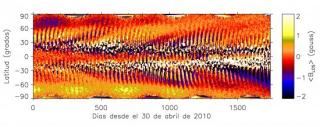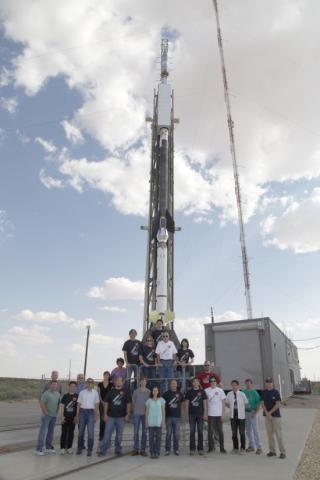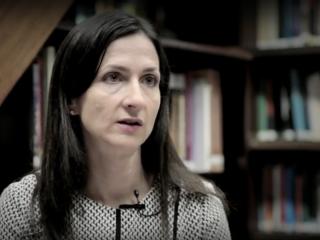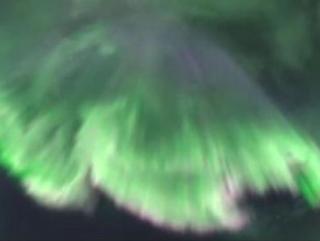
If this study by researchers at the IAC is confirmed current models of the solar dynamo will have to be modified
Advertised on
This section includes scientific and technological news from the IAC and its Observatories, as well as press releases on scientific and technological results, astronomical events, educational projects, outreach activities and institutional events.




